A week ago our two classes had the amazing opportunity to visit the beautiful town of Nagawa in the Japanese Alps. We were hosted by Tateiwa-sensei, his students from the Tokyo University of Agriculture and the entire town of Nagawa. Our group along with a group of students from Taiwan spent a busy two and a half days in the mountainous town learning and experiencing a variety of cultural, historical, and simply fun activities.
We had a very early start on Thursday, January the 14th. In order to travel to Nagawa- Machi we needed to be packed and ready to leave the Tokyo Central Youth Hostel by 6:15am. We had to meet the Taiwanese and Nodai students at 8am in to commence our 4 hour bus ride to the “center” of Japan. The first half an hour of the trip Tateiwa-sensei filled us in on a brief history of Nagawa-Machi and taught us more about the Otaya street festival that we would be attending later that evening. One of the first important facts we leant about Nagawa is that it is not only physically in the centre of Japan in terms of location but it reportedly has been inhabited for the past 8000 years.
The bus ride there passed by faster than expected. We were lucky enough to see some amazing views of Mt. Fuji from the bus as well as observe the changing landscape of Tokyo’s compact concrete jungle to the vast open mountains of the Nagano prefecture. Driving though the Japanese Alps was absolutely beautiful despite the lack of snow.
We arrived at the community center and were quickly ushered into a large room where there were warm greetings and much excitement from the elders in the community. All the students were divided into four groups, mixing the Taiwanese, Japanese and American students for the first time. Although many Japanese nationals were shy and afraid to use their english, which far out-skilled our very limited Japanese, communication between all nationalities was achieved. Granted a lot of hand gestures and interesting facial expressions were prevalent, but it was simply all part of the fun.
Our first task was to make mayudama, which I mistakenly thought was mochi. Where mochi is made from actual grains of rice, mayudama is made from rice flour. Each group was given a wrapped piece of mayudama that needed to be divided into three equally sized portions. One piece was to be colored pink, the other green while the third remained white. We did this by taking turns kneading the colouring into the mayudama. The final step was to make different shapes or objects with the mayudama which would then get placed on and pierced by branches for the next days festivities. People went all out! There were objects ranging from flowers to snails, strawberries to kuala bears and simple squares to bumble bees. The end result was pretty impressive. Since we were not allowed to eat our creation yet we then were told that we were going to make yashouma. This took more skill than we possessed but we were never short of help from the experienced elders in the community. We once again divided the rice flour dough into three parts, dyed them and then rolled the dough into long cylindrical shapes. My group made a flower patten. We needed one green tube, five pink tubes that each had an even darker pink border and five white tubes. The different tubes were put together with the green tube in the middle, surrounded by the five pink tubes and lastly the white tubes resting in the gaps between the pink ones. This cylindrical bundle of colored tubes was then wrapped by rolled our white dough. Once rolled out to further elongate the dough we sliced through the cylinder and produced circular flower patterned yashouma. I told you it required a lot of skill. Every group made a different pattern and produced enough yashouma to feed three times the size of the group present. But we were not complaining. Green tea was served and we made fast work on all the yashouma.
Swiftly moving on, it was time to head over to the Otaya Street Festival. Over 50 000 people went to the street festival this year and we were shown why. There was a variety of food vendors, games, trinket stalls and since it was still the new year season many opportunities to buy fortunes. My favorite part of the festival was viewing the historical life sized dioramas and visiting the shinto shrine. We relied heavily on the Nodai students to translate and explain different aspects of the festival so that we knew what we were eating and seeing. They did an amazing job of keeping us in the loop when we were completely out of our element. We called it a day after having our second dinner of the evening tasting the different street food and headed to our accommodation were our third and final dinner of the evening was waiting for us. Whew…. it was certainly a day of eating but I did not hear anybody complaining!
The next day we woke up early had breakfast and then returned to the community centre once again. This time for the bonfire. We were going to finally roast and eat the mayudama. The mayudama was roasted over the flames of a massive bonfire in the middle of the grounds next to the community centre. This was called dontoyaki, which directly translates to bonfire. I think a few of us roasted a little more than just the mayudama but it was still very entertaining. The dontoyaki was followed by a tour of Nagawa-Machi where we learnt a little more about the towns history and past inhabitants.
The next few activities allowed us to experience different traditional crafts such as traditional Japanese paper making called Washi, and the shaping of obsidian into souvenirs. We met with a traditional paper maker; he let us into his work space and taught us the process of making paper. A few brave souls even attempted to make paper themselves. Note how I said attempted, I am pretty sure the craftsman had to bite his tongue throughout the process but it was so much fun to watch. We were then fortunate enough to be shown how to make paper fans and then spent the next 40 minutes trying to make our own.
We then had lunch and the Taiwanese students went off to play in the snow, since they come from a tropical country and don’t get to experience much snow. The Oles passed on the snowball fight and went to learn more about the obsidian mined in the region. With a short tutorial on how to cut the rock we got to make our own obsidian necklaces to keep as souvenirs.
We then warmed our bodies and souls by spending an hour at a nearby onsen before going to the “Welcome/Goodbye” dinner. We had a delicious dinner, got to meet and speak to the mayor of Nagawa as well as sing happy birthday to all the people born in January. The most entertaining part of the evening was when each school went on stage to sing their respective school songs. In true Ole form we represented St.Olaf well but we had nothing on the Nodai turnip and radish song or the taiwanese game equivalent to “London bridge is falling down “. It was a night filled with fun, laughter and friendship.
The weekend ended with a workshop in which we discussed various ways to increase tourism using our hometowns as case studies. To end the weekend sitting around a table discussing and deliberating was the perfect way to end a weekend filled with new information and experiences in such a beautiful environment. Traveling to Nagawa allowed us to see the efforts of groups working to restore agricultural land in a region with a decreasing agricultural population. It allowed us to be apart of an inspiring and dynamic community that takes pride in their history and protects its national treasures. Nagoya-Machi will forever have a special place in my heart and I only hope to extend the same hospitality and warmth to others that the community of Nagawa extended to us.

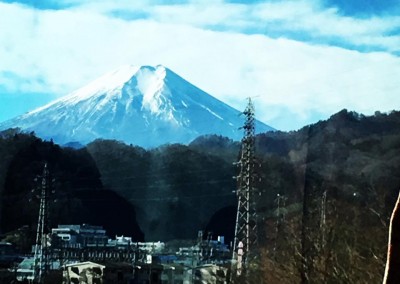
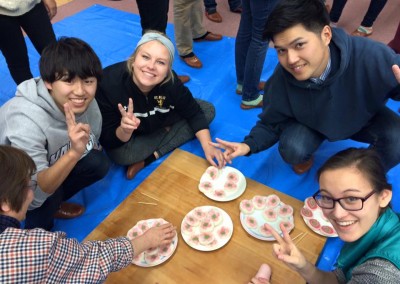
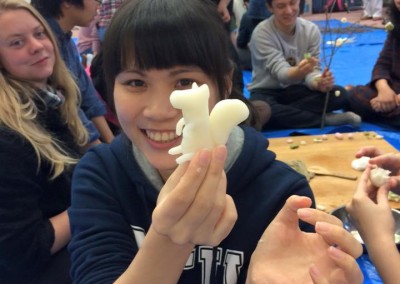
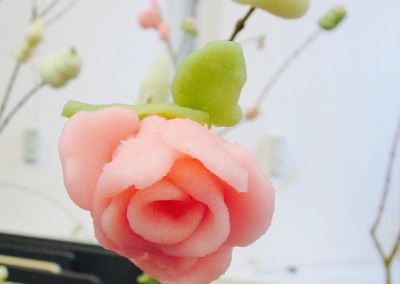
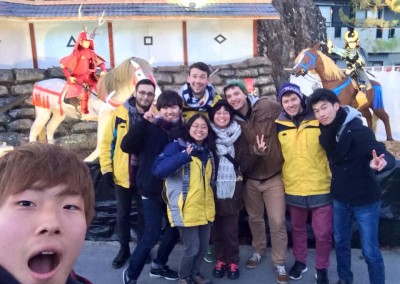
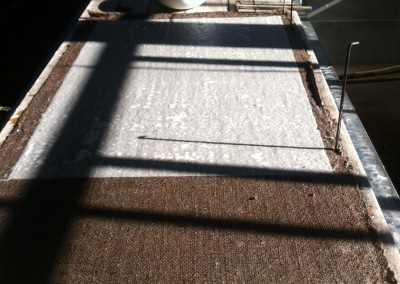
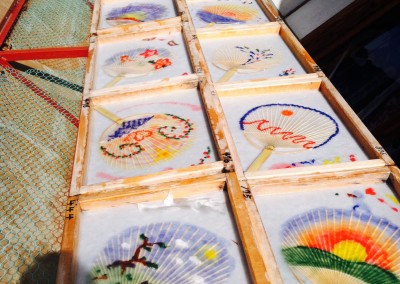
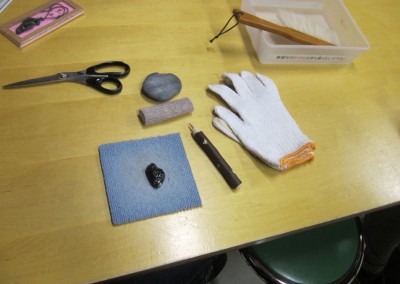
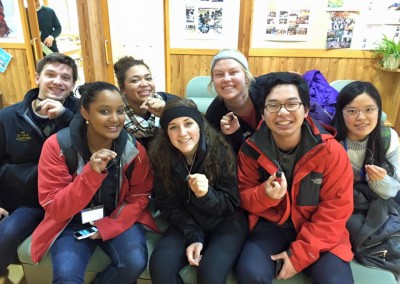

Recent Comments